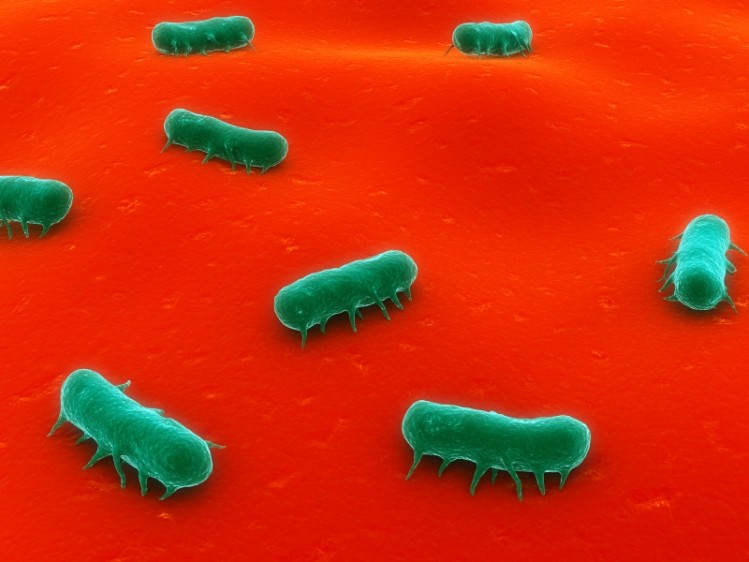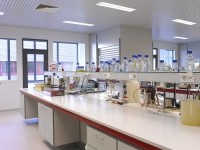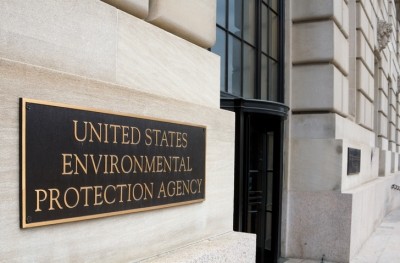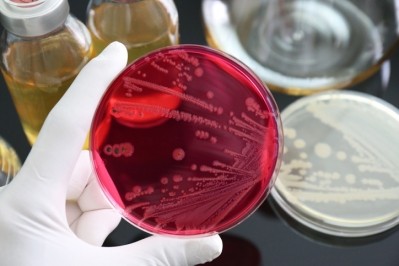Power against pathogens: Preventative approach critical with EU ban on formaldehyde

In December 2017, a Standing Committee on Plants, Animals, Food and Feed (SCOPAFF) meeting in Brussels voted against the use of formaldehyde as a feed additive for use as a preservative and hygiene condition enhancer. Formaldehyde had been used in feed in the EU for the past two decades. The additive can still be used in the US and many other world markets.
Chandru, general manager of feed technology at Kemin Animal Nutrition and Health Asia, said the EU ban had significant implications for the feed industry.
“Feed millers have lost one of the most effective agents which they can use to inactivate pathogens in feed,” Chandru told FeedNavigator at Kemin's feed safety conference in Antwerp earlier this month.
“...Without the use of formaldehyde, we foresee elimination of pathogens such as Salmonella from the contaminated feed will become very much challenging and hence a preventative strategy becomes more critical.”
Curative interventions alone are 'problematic'
Luis Conchello, business manager for Kemin Animal Nutrition and Health EMENA, agreed efforts had to be more holistic, considering the entire feed supply chain.
“Working only with curative interventions in the last step of the feed processing is problematic,” Conchello said. “Controls and treatments based only on testing the end product is not an effective way to ensure absence of Salmonella contamination. Establishment of one or more process hygiene criteria at critical stages of the feed chain is more efficient. It is important to start the control already at the beginning of the feed chain.”
Controlling risky raw materials for mash feed production, for example, as well as preventing environmental contamination within the plant through dust or condensation [control] were all important steps to take, he said.
One of the biggest challenges within all this, though, was killing dormant pathogens in a low-water activity context, Conchello said.
“Dormant pathogens form a protective macromolecular matrix. This matrix creates a protective environment for Salmonella to be more resistant to heat and chemical decontamination treatments. The matrix facilitates Salmonella colonization and persistent infection in feed and the feed plant environment,” he said. “...In that case, all the innovations linked to how to make them weaker or easier to reach and to kill is important.”
Recontamination concerns and disease risk
Mark Bienhoff, pathogen control team leader at Kemin Animal Nutrition and Health North America, said not only was contamination control important, so too was avoiding recontamination.
“Surveillance and auditing of manufacturing plants can often find the facility to be chronically contaminated in the working environment. This is a big concern as these plants are difficult to clean up,” Bienhoff said.
“Storage and transportation of the finished product to the end user can also result in recontamination if not managed correctly. Risk management and pathogen control programs must be put in place that are broad in their scope and based on prevalence and enumeration data from a well-designed surveillance and sampling program.”
ASF control
Another major concern in the US market is preventing African Swine Fever (ASF) entering the market, he said.
“Concern is now heightened with the emergence of African Swine Fever Virus (ASFv) in China. It is a very hearty, robust pathogen that could possibly be harbored and transmitted through feed ingredients to the US. The US imports micro-ingredients such as vitamins and others from China for use in swine feeds. These could indeed be a disease risk to our swine industry. As a result, it is a serious concern for our pork industry. ...We cannot have African Swine Fever come into the US. It will absolutely decimate our industry because of the concentration of hogs.”
In this instance, he said preventative measures presented “tremendous opportunities” for swine producers and the feed industry collectively to keep ASFv out.
















